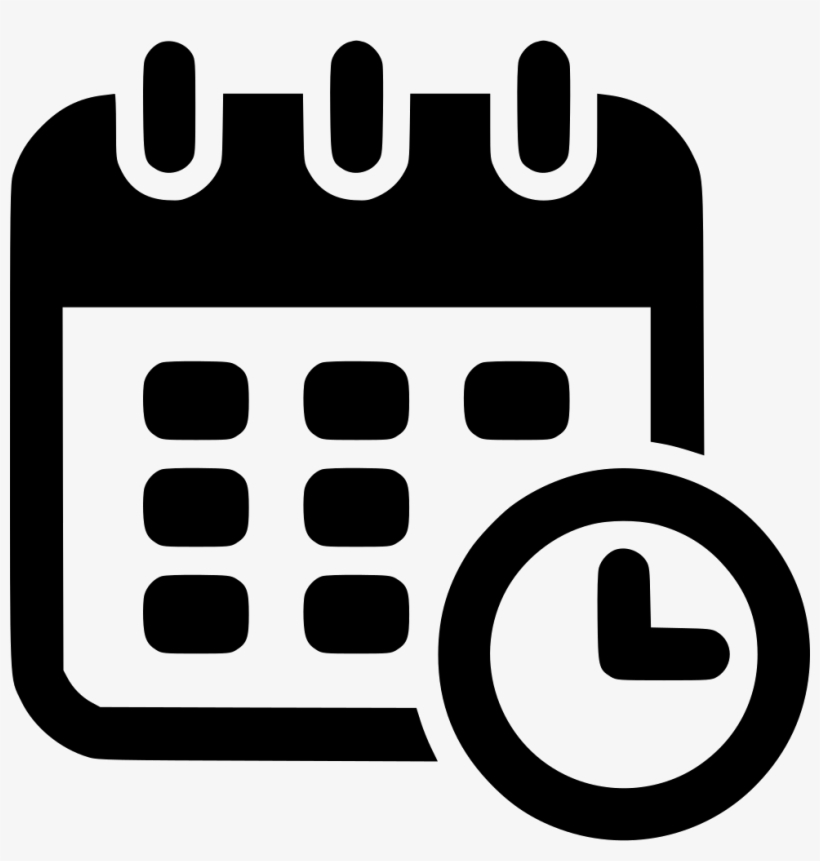What are Journal Submission Guidelines?
Every academic journal requires submission guidelines to fit their conditions of publication. Some guidelines are basic, such as providing a manuscript word limit or the minimum number of keywords required, or they might be more involved including specific requirements for citation style, copyright policies, acceptable fonts, or entire manuscript structure. As such, all authors should always check their target journal’s specific guidelines when preparing their submissions. Journal submission guidelines are often located under ‘Author Instructions’ or ‘Information for Authors' on the journal’s website. Journal submission guidelines should be reviewed throughout the entire manuscript development stage, to ensure your paper aligns with the journal’s scope and publication requirements.
Below we highlight elements common to journal submission guidelines to help increase your chances of a smooth manuscript submission process.
Identify your Publication Type
A first step when submitting your manuscript to an academic journal is to understand the different publication types, as well as which type your manuscript submission should be considered as. For example, your article may align with one of the following types:
• Original research: a full report of data from research conducted by the author(s).
• Case report: a specific, detailed report of the results from a single project; common in medical disciplines.
• Literature review: a comprehensive summary, including recent progress, of a research topic. Literature reviews may be solicited or unsolicited by a journal.
• Brief or Short Communication: original research in a short format that is intended for quick publishing.
• Perspective: discussion of recently published or new research findings with the author’s viewpoint.
• Case report: a specific, detailed report of the results from a single project; common in medical disciplines.
• Literature review: a comprehensive summary, including recent progress, of a research topic. Literature reviews may be solicited or unsolicited by a journal.
• Brief or Short Communication: original research in a short format that is intended for quick publishing.
• Perspective: discussion of recently published or new research findings with the author’s viewpoint.
Once you have selected your publication type, follow the specific guidelines given by your target journal. If you remain unsure of what type is best, email the journal editor and ask them to review your manuscript.
Templates
Some journals have detailed formatting requirements that must be applied to your manuscript for submission. Although not provided by every journal, certain journals (or publishers) provide templates for authors, to assist in streamlining the publication process. Be sure to check your target journal’s website if they offer a downloadable template, and if they do, use it as a starting point.
Preparing your Manuscript
• Know the file format(s) accepted by your target journal. Journals require specific file types for submission, and often your files must be a certain size and format. Most journals accept Microsoft Word documents; try to avoid txt. or notepad files. Depending on the subject of your article, or on the journal’s requirements, your file may need to be in LaTeX format. Review your target journal’s guidelines to find this information and prepare your article accordingly.
• Check your target journal’s word count requirements. Upon choosing a journal, there may be word limits on various components, so ensure your manuscript does not exceed these requirements. The title, abstract and main text of the manuscript commonly have limits, and if you exceed these limits your paper will likely be returned to you for revision before peer review. Be aware you may also need to compose a shortened title or running head for submission.
• Ensure your back matter is complete. If you have conflicts of interest, you must disclose this information during the submission process. Also, any statements regarding data availability, funding, and author information must be formatted according to your journal’s requirements. Review recently published papers in your target journal, as well as the guidelines, to learn what back matter is required.
• Use imagery but abide by the journal’s specifications. Graphical abstracts, figures, and custom illustrations are a great way to create a more dynamic manuscript. However, figure guidelines are commonly quite variable between journals and may include requirements for color type, resolution, acceptable fonts, labeling scheme, file format, and overall placement within the manuscript itself. Further, the journal may have image copyright agreements you need to sign. In general, it is best to review the figure making guidelines before generating your manuscript figures.
• Check your target journal’s word count requirements. Upon choosing a journal, there may be word limits on various components, so ensure your manuscript does not exceed these requirements. The title, abstract and main text of the manuscript commonly have limits, and if you exceed these limits your paper will likely be returned to you for revision before peer review. Be aware you may also need to compose a shortened title or running head for submission.
• Ensure your back matter is complete. If you have conflicts of interest, you must disclose this information during the submission process. Also, any statements regarding data availability, funding, and author information must be formatted according to your journal’s requirements. Review recently published papers in your target journal, as well as the guidelines, to learn what back matter is required.
• Use imagery but abide by the journal’s specifications. Graphical abstracts, figures, and custom illustrations are a great way to create a more dynamic manuscript. However, figure guidelines are commonly quite variable between journals and may include requirements for color type, resolution, acceptable fonts, labeling scheme, file format, and overall placement within the manuscript itself. Further, the journal may have image copyright agreements you need to sign. In general, it is best to review the figure making guidelines before generating your manuscript figures.
Preparing Additional Materials
• Publish ethically. Journals list their ethical guidelines in the Author’s Instructions or elsewhere on their website, and it is your responsibility to include the appropriate information. Journals that publish medical and clinical research, for example, may require specific reporting guidelines to ensure your publication complies with laws, regulations, and policies. Read more about Medical Reporting Guidelines here.
• Do you need a cover letter? Some (if not most) academic journals require a cover letter with your manuscript submission. A cover letter is a great opportunity to promote your research findings directly to the Editor, and often a cover letter includes statements required by the journal for submission. Learn the essentials of a successful manuscript cover letter in the LetPub Learning Nexus.
• Include supplementary files. Many journals allow supplementary information to be submitted with a manuscript. Supplementary information must be relevant to the main text, and serves as an excellent location for supporting data, videos, figures, and explanations or equations. Review your journal’s guidelines to learn if supplementary material is accepted.
• Do you need a cover letter? Some (if not most) academic journals require a cover letter with your manuscript submission. A cover letter is a great opportunity to promote your research findings directly to the Editor, and often a cover letter includes statements required by the journal for submission. Learn the essentials of a successful manuscript cover letter in the LetPub Learning Nexus.
• Include supplementary files. Many journals allow supplementary information to be submitted with a manuscript. Supplementary information must be relevant to the main text, and serves as an excellent location for supporting data, videos, figures, and explanations or equations. Review your journal’s guidelines to learn if supplementary material is accepted.
The tips provided above outline the basics of journal submissions; however, all authors must review their target journal’s requirements, as all guidelines vary, even between journals published by the same publishing house.



 Kathryn Muehlberger, Client Communications Specialist
Kathryn Muehlberger, Client Communications Specialist
 July 2022
July 2022 Previous Article
Previous Article